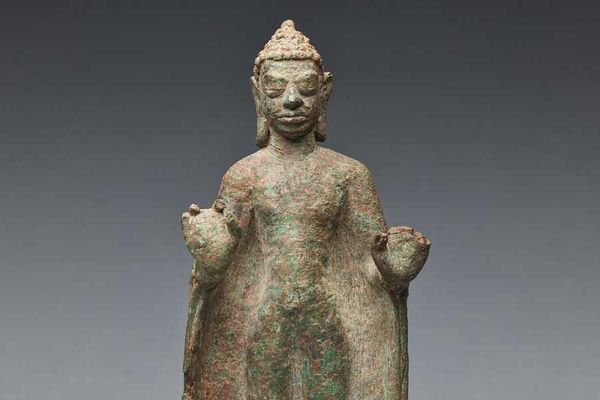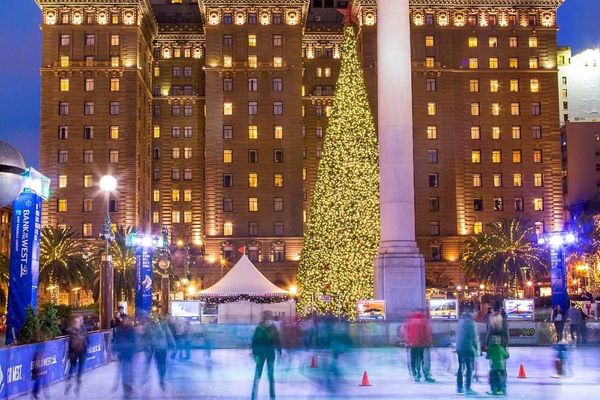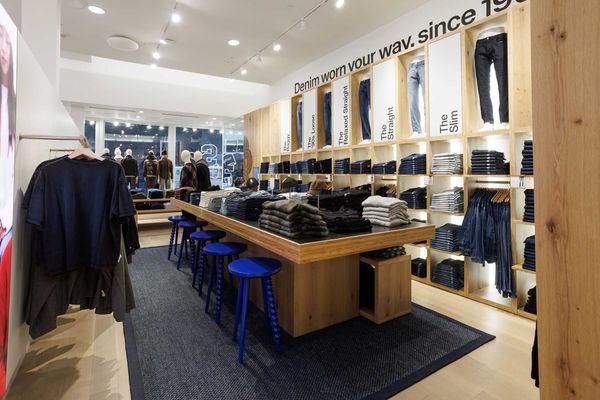IN THE CITY
Contrary to popular opinion, urbanites can indeed stargaze. In SF, your best bet is to head west, where the sky is darkest. Inside of Golden Gate Park, Stow Lake is curtained by tall trees that block out most city lights. The shadows cast by surrounding trees in grassy Speedway Meadow do the same. At the coast, Lands End offers a full view of the western sky, right down to the dark, watery horizon, where, if you arrive just after sunset, you’ll see Orion the hunter. To get there, park at the Merrie Way lot off of Point Lobos Avenue, and walk by the Sutro Baths to the lookout. The lights from the Cliff House are a nuisance, but they’re easily avoided by walking up into Lands End Trail under a canopy of cypress trees.
AT THE PLANETARIUM
If the weather’s not holding up, California Academy of Sciences will have a crystal clear view of the stars inside. During the day, the planetarium shows Life: A Cosmic Story, in which Jodie Foster narrates images of multicolored gaseous clouds suspended in deep space. The third Thursday of every month, the planetarium gives two whirlwind tours of the universe, zooming out from our planet, past the solar system, and outside the Milky Way. On cloudless Thursday nights, the Academy puts a powerful telescope on the roof for an up-close view of the planets and sometimes the International Space Station as it orbits the Earth.
IN MARIN
There's little light pollution outside SF in the Marin Headlands. Take the Alexander exit just after the Golden Gate Bridge, and drive down one-lane Conzelman Road. Park at the Upper Fisherman’s lot, and take a short walk along the Coastal Trail toward the rifle range—you’ll find lots of soft and grassy spots for gazing along the way. Drive on to Battery Rathbone-McIndoe, a grass-covered bunker on a cliff with spectacular views of the western and southern sky. Or park at the Headlands Institute, and walk to a dark Rodeo Beach. Finally, if you’re ambitious enough, Mt. Tamalpais hosts star parties once a month with the SF Amateur Astronomers club. Members meet before sundown and stay until 2 a.m., pointing out constellations, sipping coffee, and peeking through scopes. When the fog blocks SF’s city lights, you can see the Milky Way with the naked eye.



















